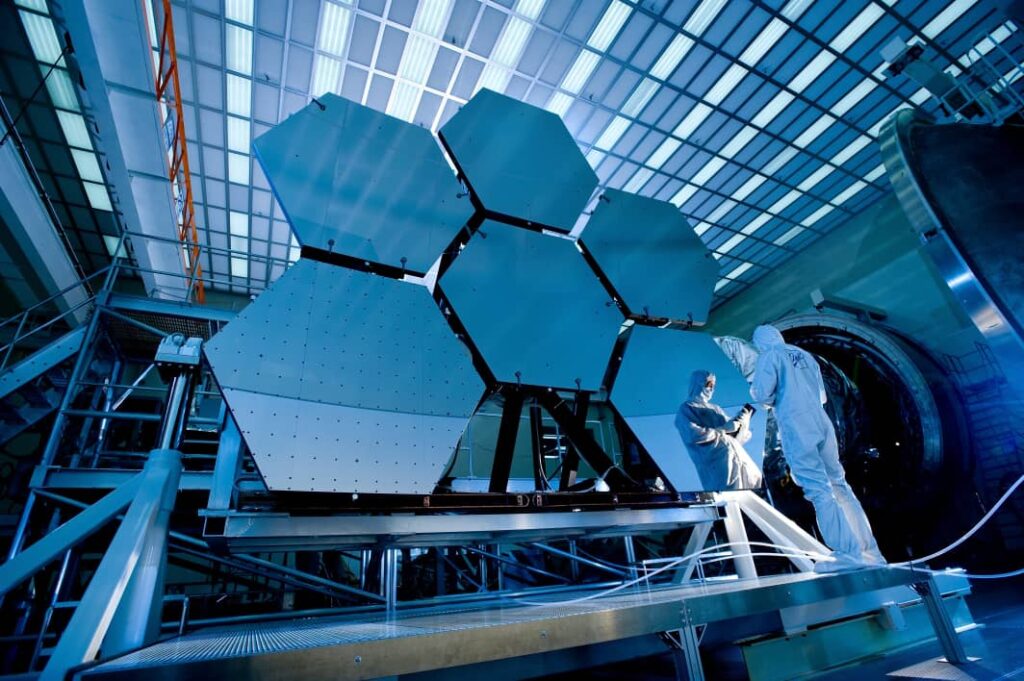
Katsuhiko Hayashi, a developmental geneticist at Osaka University, is working on ways to make what he calls “artificial” eggs and sperm from any cell in the human body. Katsuhiko Hayashi pulls a clear plastic dish from an incubator and slides it under a microscope.
“You really want to see the actual cells, right?” Hayashi asks as he motions toward the microscope. Hayashi, a developmental geneticist at Osaka University in Japan, is a pioneer in one of the most exciting — and controversial — fields of biomedical research: in vitro gametogenesis, or IVG. The goal of IVG is to make unlimited supplies of what Hayashi calls “artificial” eggs and sperm from any cell in the human body. That could let anyone — older, infertile, single, gay, trans — have their own genetically related babies. Besides the technical challenges that remain to be overcome, there are deep ethical concerns about how IVG might eventually be used. To provide a sense of how close IVG may be to becoming a reality, Hayashi and one of his colleagues in Japan recently agreed to let NPR visit their labs to talk about their research. “Applying this kind of technology to the human is really important,” Hayashi says. “I really, really get excited about that.”
IPS cells can be made from any cell in the body and then theoretically can morph into any other kind of cell. This versatility could one day help scientists solve a long list of medical problems. Hayashi was the first to figure out how to use iPS cells to make one of the first big breakthroughs in IVG: He turned skin cells from the tails of mice into iPS cells that he then turned into mouse eggs. Hayashi thinks it’s not a question if IVG will ever happen. It’s more a question of when, he says, and that he and his colleagues in Japan are at least as close as the Americans to making “artificial” human embryos. Hayashi predicts they’ll have an IVG egg ready to try to fertilize within five to 10 years. One of the scientists shows the petri dishes used to grow mouse cells at Katsuhiko Hayashi’s lab at Osaka University. The process ultimately may lead to scientists being able to create human eggs from stem cells.
Subscribe to Follow Global Trends for daily global news.
To Advertise, send a mail to advertise@followglobaltrends.com
Written by Eme Kalu Ekpu
Credit: npr.org


